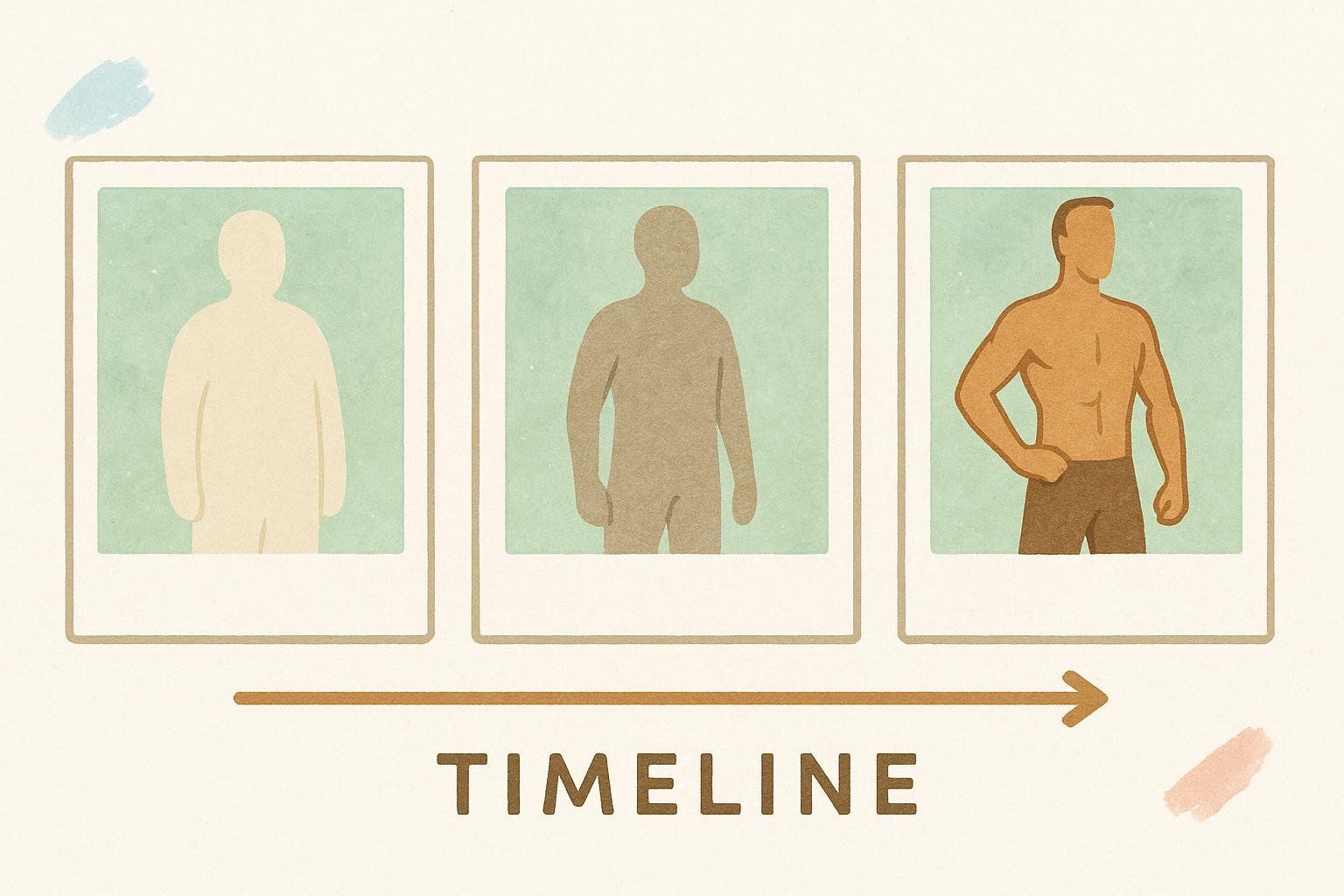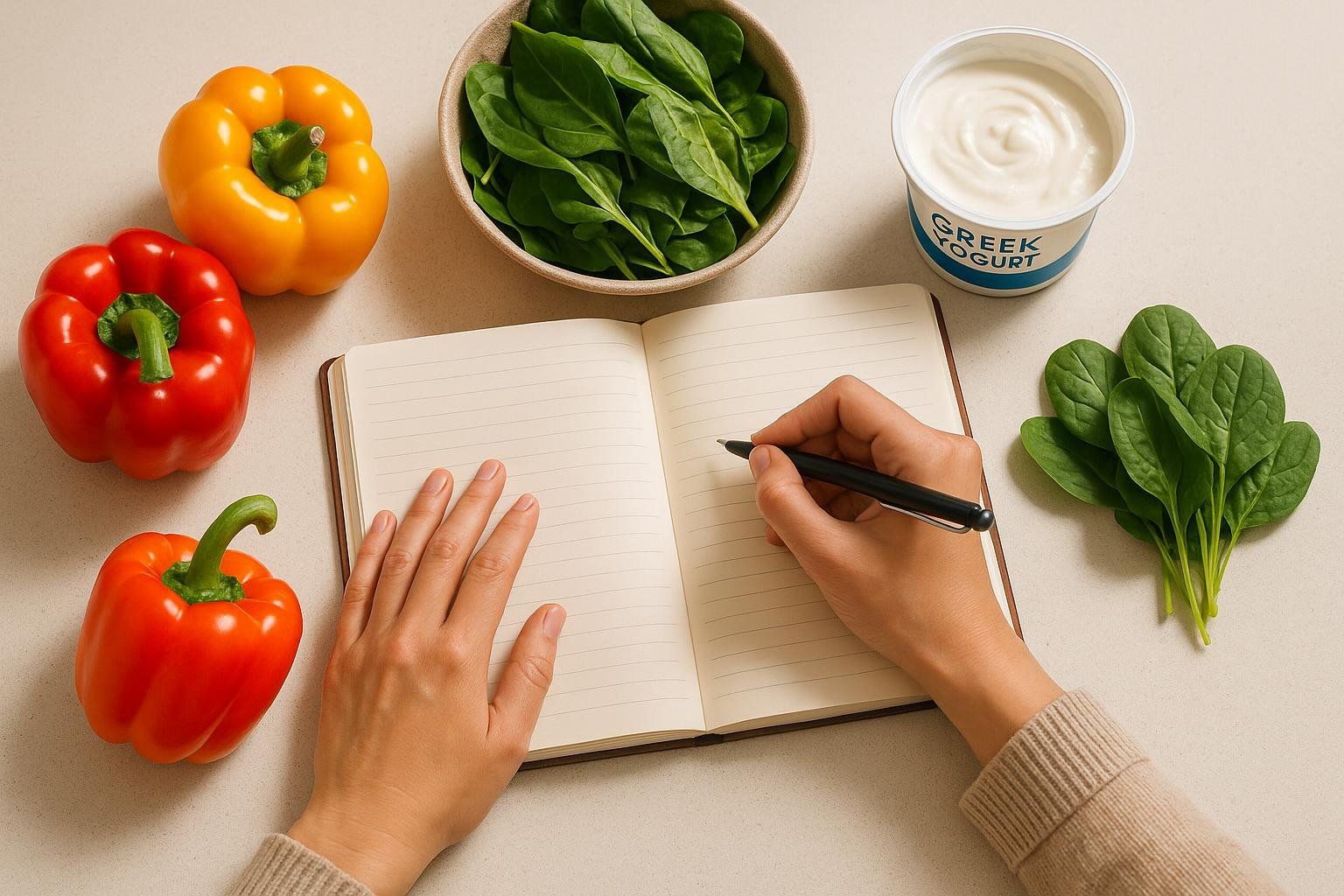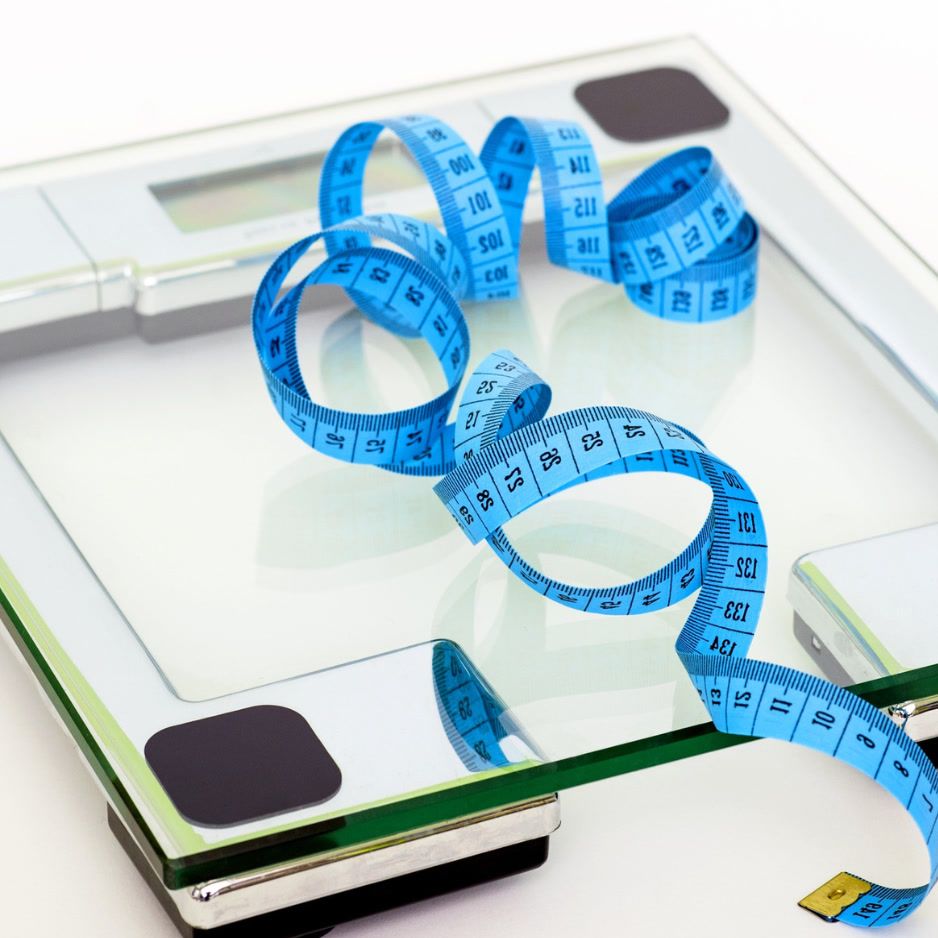How to Improve Body Composition: A Practical Guide

How to Improve Body Composition: A Science-Backed, Practical Blueprint
Improving your body composition isn’t just about shrinking a number on the scale—it’s about re-balancing what that number is made of. The goal: less fat mass, more lean tissue, and healthier bones.
This step-by-step guide combines up-to-date research with insights from BodySpec’s work with thousands of clients so you can drop fat, build and preserve muscle, and track progress with real data—not guesswork.
What Exactly Is Body Composition?
Body composition describes the percentages of fat mass, lean mass (muscle, organs, water), and bone in your body. Two people can weigh 170 lb yet look and perform wildly differently because their internal “mix” is different.
For a deeper primer, start with BodySpec’s overview.
Why it matters:
- Higher lean mass is linked to better metabolic health, functional strength, and even longevity.
- Excess body fat—especially visceral fat around your organs—increases the risk for cardiometabolic diseases.
Improving body composition therefore means losing body fat, gaining or maintaining muscle, and protecting bone density.
Step 1 – Measure First: Know Your Baseline
You can’t improve what you don’t quantify. Start by establishing a baseline body-composition reading.

The Main Measurement Options
| Method | What It Measures | Pros | Cons |
|---|---|---|---|
| DEXA Scan | Fat mass, lean mass, bone density, visceral fat | Clinically validated; regional breakdown; quick (≈10 min) | Requires appointment; small X-ray dose |
| BIA Smart Scale | Body-fat % via electrical current | Affordable; home use | Hydration & meal timing skew results; no bone data |
| Skinfold Calipers | Subcutaneous fat estimates | Inexpensive; portable | Practitioner skill needed; misses visceral fat |
| Tape & Photos | Circumference and visuals | Free; motivating visuals | No direct lean/fat distinction |
Takeaway: For highest accuracy—and to track both fat and muscle—DEXA is widely regarded as the gold standard because it differentiates fat, lean tissue, and bone density with high precision, making it a benchmark in clinical and research settings (Cruz Rivera et al., 2022). Curious how it stacks up against other tests? See our DEXA vs. other body composition tests comparison.
How Often Should You Re-Test?
- DEXA: every 4–12 weeks (about 1–3 months), depending on training cycle and goals
- BIA or Calipers: monthly (under identical conditions)
That cadence lets true adaptations surface without obsessing over daily fluctuations.
Step 2 – Nail Your Nutrition
Research consistently shows that body recomposition hinges on nutrition choices.

1. Set Your Energy Target
Most people improve body composition by eating slightly below maintenance calories (≈250–500 kcal deficit). This level generally supports a sustainable fat-loss pace of about 0.5–1 lb per week, helping preserve muscle while trimming fat.
Estimate your maintenance in one of two ways:
- Use an online TDEE calculator to get maintenance calories directly.
- Or use a BMR calculator (like our Ultimate BMR Calculator), multiply BMR by an activity factor (1.2–1.9) to find TDEE, then adjust that number by –10–20 % for fat loss or +5–10 % for lean muscle gain.
2. Prioritize Protein
A 2023 network meta-analysis found that energy restriction combined with high-protein intake (1.6–2.2 g/kg) and resistance training produced the largest fat-loss and muscle-gain effects (Eglseer et al., 2023).
Practical targets:
- 1 g per pound of goal body-weight OR 0.7–1.0 g/lb current weight

3. Fill Up on Fiber & Micronutrients
Vegetables, fruits, legumes, and whole grains curb hunger, feed gut microbes, and deliver vitamins your muscles need to recover.
4. Macro Split Examples (per day)
| Goal | Protein | Carbohydrate | Fat | Total |
|---|---|---|---|---|
| Fat-loss with muscle retention | 30 % | 40 % | 30 % | 100 % |
| Muscle gain (lean bulk) | 25 % | 50 % | 25 % | 100 % |
Adjust weekly based on energy, gym performance, and DEXA readouts.
5. Sample 1-Day Snapshot (≈2,000 kcal Fat-Loss)
- Breakfast: Greek-yogurt parfait (30 g protein)
- Lunch: Lentil-quinoa salad + grilled chicken (45 g protein)
- Snack: Cottage cheese + berries (20 g protein)
- Dinner: Salmon, roasted veggies, sweet potato (55 g protein)
- Macro split: 30 % protein, 40 % carb, 30 % fat, 30 g fiber
Step 3 – Train for Recomposition
1. Lift Weights 2–4× Per Week
Muscles need a growth stimulus. A 2022 systematic review suggests 10–20 weekly sets per muscle group maximizes hypertrophy in trained lifters, with diminishing returns beyond that range (Baz-Valle et al., 2022). As a practical baseline, aim for 8–12 quality sets per muscle. Compound lifts (squats, rows, presses) offer the most significant benefits.

If you’re new to the barbell, start with Strength Training for Beginners.
2. Meet the ≥150-Minute Cardio Target
A 2024 systematic review found that ≥150 minutes of moderate-intensity aerobic exercise per week is linked to meaningful reductions in waist circumference and body-fat measures, with benefits increasing beyond 250 minutes (JAMA Network Open, 2024).

Example weekly options:
- HIIT track: Three 25-minute HIIT sessions (≈75 minutes) plus two brisk 40-minute walks (80 minutes)
- Steady-state track: Five 30-minute jogs or cycles (150 minutes total)
Choose the mix that best suits your schedule and recovery capacity.
3. Don’t Forget NEAT
Non-exercise activity thermogenesis (NEAT) refers to the energy you burn through everyday actions such as walking, fidgeting, and taking the stairs. Aiming for 8,000–10,000 daily steps can burn an extra 200 plus calories without feeling like “exercise.” Our 10,000 Steps Guide breaks down strategies.

Step 4 – Optimize Recovery & Lifestyle
1. Prioritize Sleep
Short sleep correlates with greater visceral fat accumulation (Giannos et al., 2023). Aim for 7–9 hours in a dark, cool room.

More tips: Importance of Sleep for Muscle Recovery and Weight Loss.
2. Manage Stress
Chronic cortisol can promote fat storage and muscle protein breakdown. Simple tools:
- 5-minute box-breathing breaks
- 10-minute daily walk (sunlight boosts mood & NEAT)
- Journaling before bed
For deeper dives, see Stress & Weight Gain.
3. Moderate Alcohol Intake
Alcohol supplies 7 kcal per gram, disrupts sleep, and impairs muscle-protein synthesis.
Following the Dietary Guidelines for Americans, if you choose to drink, limit intake to up to 2 drinks per day for men and up to 1 drink per day for women—and not every day. Staying within these limits supports body-composition goals and overall health.
Step 5 – Track, Review, Adjust
- DEXA or other scan every 4–12 weeks
- Weekly weigh-ins (same time, fasted) + waist measurement
- Training log: weights, reps, RPE
- Food diary 3–4 days/month to spot creep
If your DEXA results show muscle stagnation despite consistent training, incrementally increase daily calories by +100–150 kcal while maintaining protein targets. Conversely, if fat loss stalls, verify portion accuracy or add a short cardio session (e.g., an extra 10 minutes).
Common Pitfalls (and Quick Fixes)
| Pitfall | Why It Happens | Fix |
|---|---|---|
| Undereating protein | Habitual diet skewed toward carbs/fat | Prep a protein source for every meal |
| Program-hopping every week | Impatience for results or desire for novelty | Stick to one plan ≥8 weeks |
| Prioritizing entertainment over sleep | Late-night screen time distractions | Set a phone “wind-down” alarm 30 min before bed |
| Only doing cardio | Belief that cardio is superior for fat loss | Add two full-body lifts weekly |
| Scale obsession | Day-to-day weight swings hide true fat-loss or muscle-gain trends | Focus on DEXA trends & clothing fit |
Ready to See Your Progress in 3-D?
A BodySpec DEXA scan reveals exact fat-mass, lean-mass, and visceral-fat numbers—plus regional breakdowns you won’t get from a scale. Book a scan, follow the blueprint above, and retest in 12 weeks to see real change.
Key Takeaways
- Measure first, change second. Objective data drives smarter tweaks.
- Protein + resistance training + mild calorie deficit = biggest body-comp wins.
- Sleep, stress, and NEAT are the underrated trinity that make or break results.
- Retest body composition every quarter and pivot based on the numbers.
Improving body composition is a marathon of small, stacked wins. Follow the science, stay consistent, and your next DEXA scan will tell the success story.


